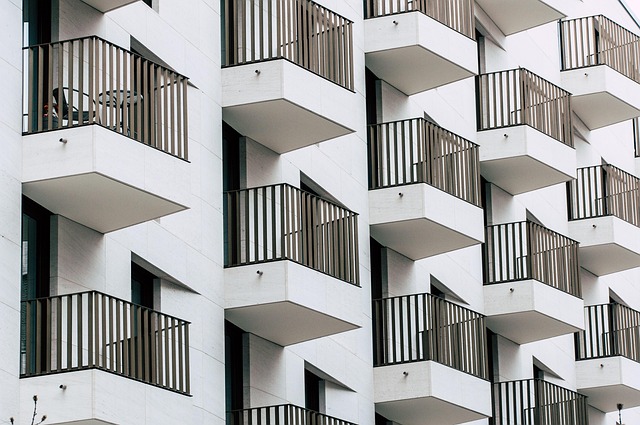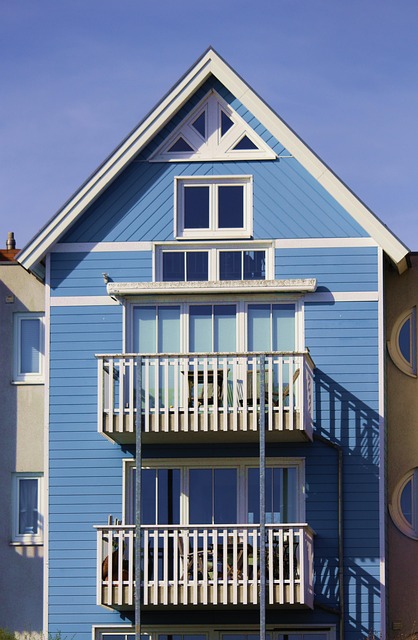Solar-powered alarm systems offer eco-friendly, cost-effective security solutions for homeowners. DIY installation is facilitated by choosing the right kit with user-friendly features and clear instructions. Selection should include panels, control unit, sensors, and batteries tailored to property needs. Optimal placement of solar panels, strategic sensor installation, and testing ensure maximum efficiency. Regular maintenance, including panel inspection and battery checks, ensures reliable system performance. Troubleshooting guides in the user manual help resolve issues promptly.
Looking for a secure, sustainable home solution? DIY solar-powered alarm systems offer an eco-friendly, cost-effective way to protect your property. This guide explores the benefits and fundamentals of these innovative security systems, helping you choose the perfect DIY kit. We’ll walk you through installation, provide maintenance tips, and share troubleshooting tricks for optimal performance. Embrace a brighter, safer future with solar-powered alarm systems.
- Understanding Solar-Powered Alarm Systems: Benefits and Basics
- Choosing the Right DIY Solar Security Kit
- Installation and Setup: A Step-by-Step Guide
- Maintenance and Troubleshooting Tips for Optimal Performance
Understanding Solar-Powered Alarm Systems: Benefits and Basics

Solar-powered alarm systems have gained popularity as an eco-friendly and cost-effective solution for home security. These systems harness the power of the sun, utilizing solar panels to charge a battery that powers the alarm and related devices. One of the key benefits is their ease of installation; many models offer DIY setups, allowing users to install them without professional help, saving time and money.
The basics of a solar-powered alarm system include sensors that detect movement or changes in light, connected to a control panel that triggers the alarm. Solar panels are typically mounted on rooftops or in areas with direct sunlight, charging the internal battery during daylight hours. This energy storage enables the system to operate even when there’s no sun, ensuring round-the-clock protection. Additionally, these systems often come with remote controls and apps for monitoring and controlling the alarm from anywhere, providing peace of mind for homeowners.
Choosing the Right DIY Solar Security Kit

When considering a DIY approach to solar security, selecting the right kit is paramount. Look for solar-powered alarm systems that offer flexibility and ease of installation, aligning with your skill level. These kits typically include all necessary components—solar panels, motion sensors, control units, and alarms—for a comprehensive security setup.
Prioritize products with user-friendly instructions and clear guidance on placement and wiring. Wireless options eliminate complex wiring, making them ideal for beginners. Additionally, consider features like customizable settings, app connectivity for remote monitoring, and integration with existing home automation systems for a smarter, more adaptable security solution.
Installation and Setup: A Step-by-Step Guide

Installation and Setup: A Step-by-Step Guide
For a DIY-friendly solar security solution, start by choosing a solar-powered alarm system that aligns with your property’s needs. These systems typically include solar panels, a control panel, sensors, and batteries. Place the solar panels in a location with unobstructed access to sunlight for optimal energy collection. Mounting them on rooftops or walls is common, but be sure to follow local regulations and guidelines. Next, connect the panels to the control unit using provided cables; this central hub monitors power generation and activates alarms as needed.
Install sensors strategically around your property, focusing on vulnerable areas like windows, doors, and perimeters. These sensors detect motion or unexpected openings, triggering alarms that can scare off potential intruders and alert you via smartphone notification. Test each sensor’s functionality and ensure they’re properly linked to the control panel. Once everything is in place, set the system to “on” mode, allowing it to draw power from the solar panels during daylight hours and rely on the battery backup for continuous monitoring at night.
Maintenance and Troubleshooting Tips for Optimal Performance

Regular maintenance is key to ensuring your solar-powered alarm system functions at its best, even in varying weather conditions. Start by inspecting the panels for any signs of damage or debris buildup. Keeping them clean and free from obstructions allows maximum sunlight exposure, which is crucial for energy generation. Check the battery connections as well; loose fits can lead to power losses. A simple tightening might be all it takes to restore optimal performance.
When troubleshooting issues, begin with a basic power check. Ensure the system is receiving adequate sunlight and that the batteries are charged. If the alarm still doesn’t trigger as expected, verify circuit connections and sensors. Sometimes, a simple reset can resolve technical glitches. Refer to your system’s user manual for specific troubleshooting guides tailored to your model. Regular maintenance and prompt addressing of issues will keep your solar-powered alarm system reliable and efficient.
Solar-powered alarm systems offer an eco-friendly, DIY-accessible security solution. By choosing the right kit and following simple installation steps, homeowners can quickly enhance their property’s safety. With regular maintenance and troubleshooting, these systems ensure optimal performance, providing peace of mind and a greener alternative to traditional security measures.
